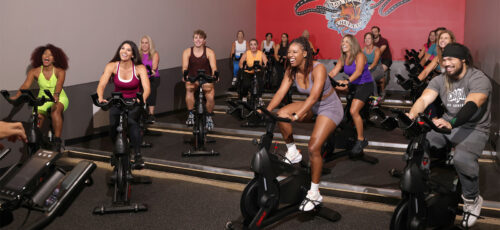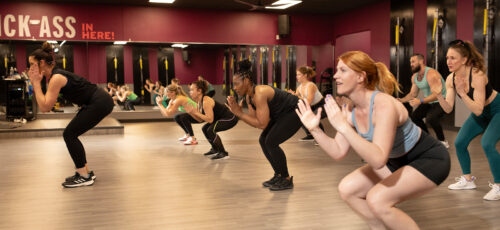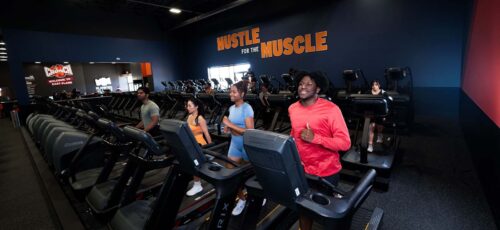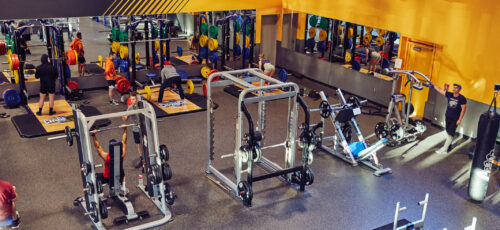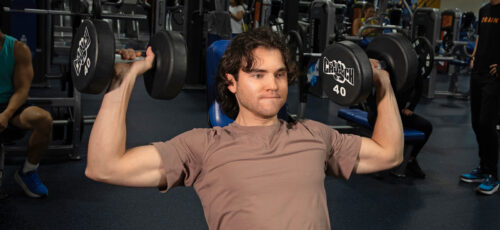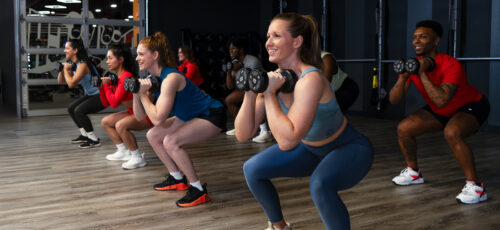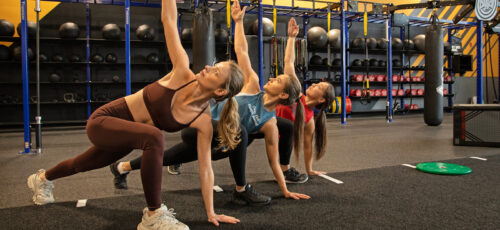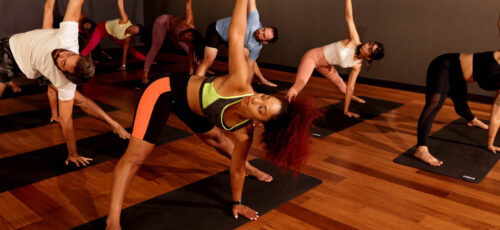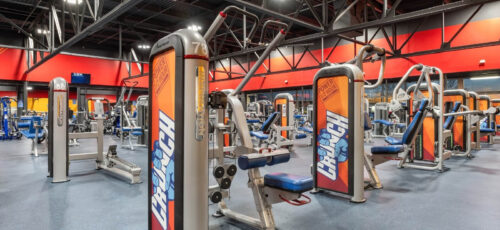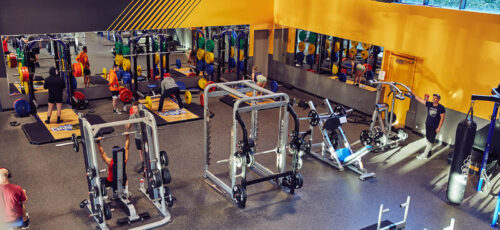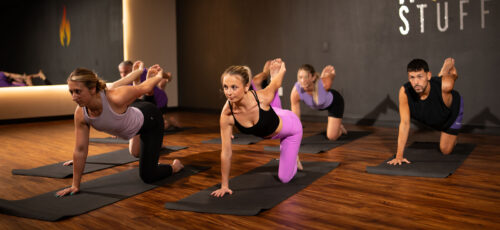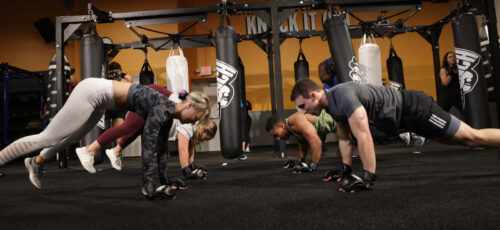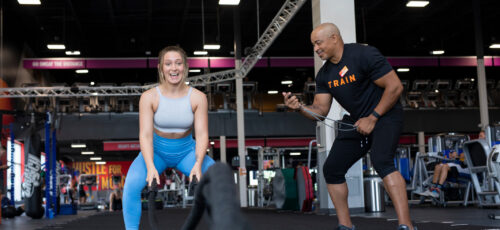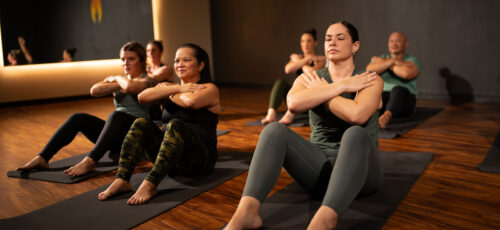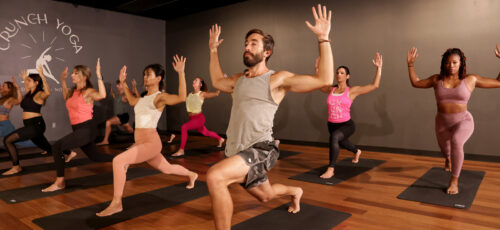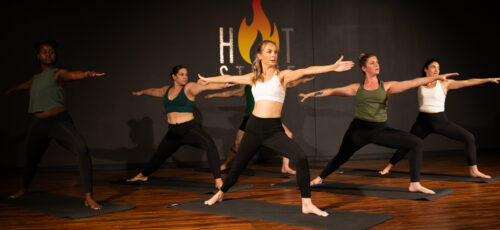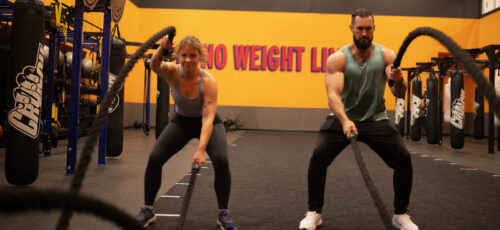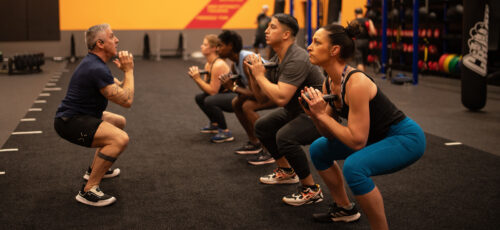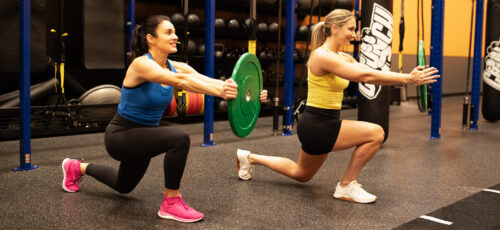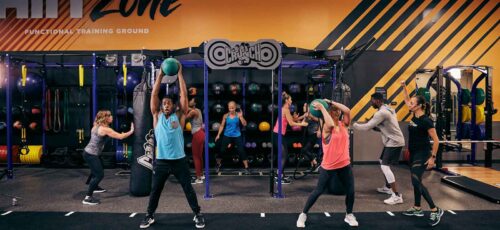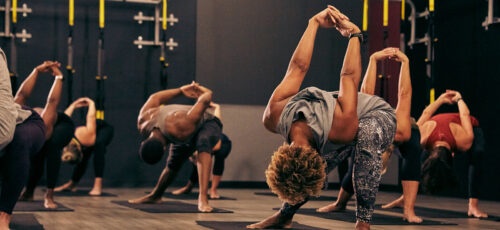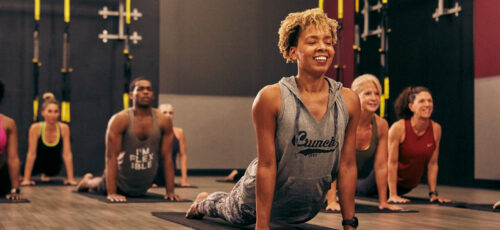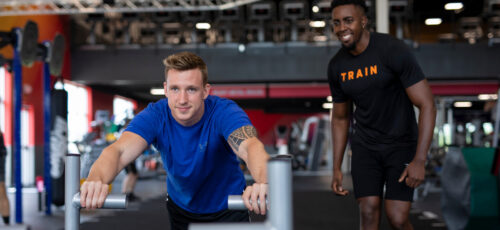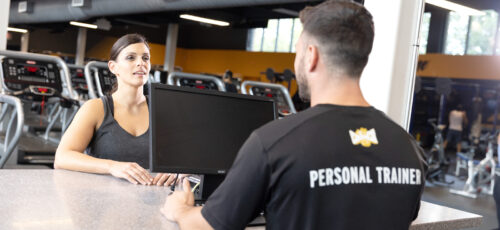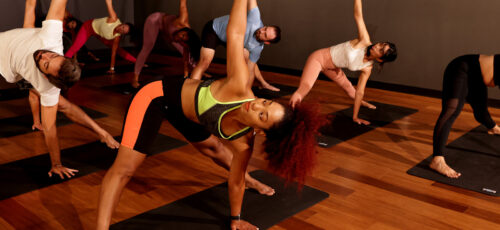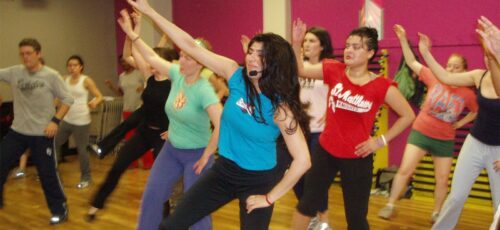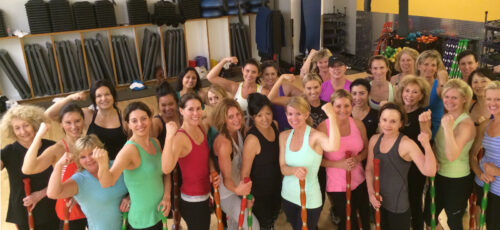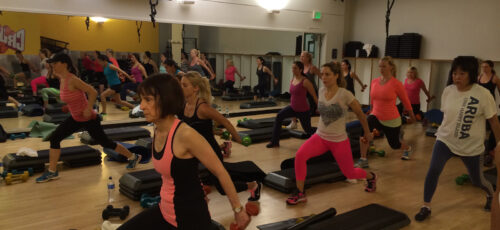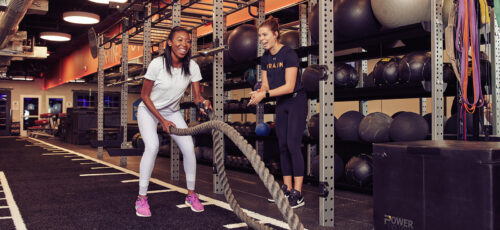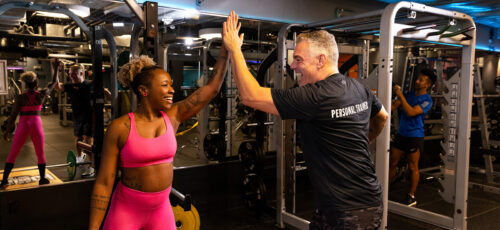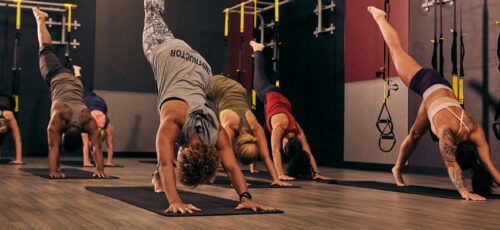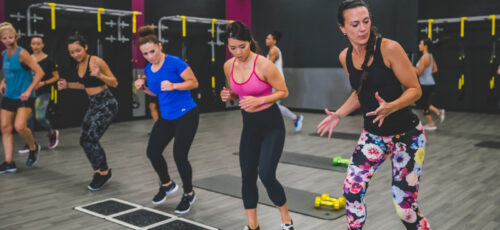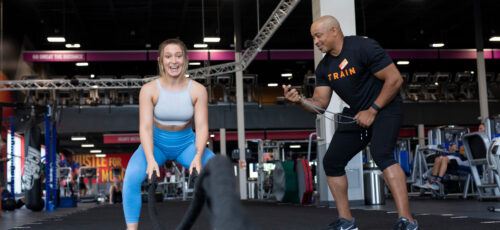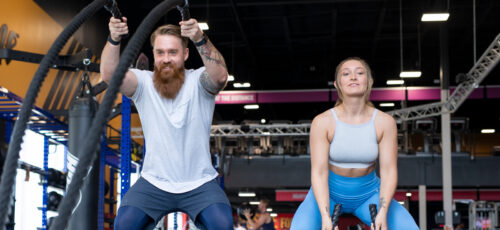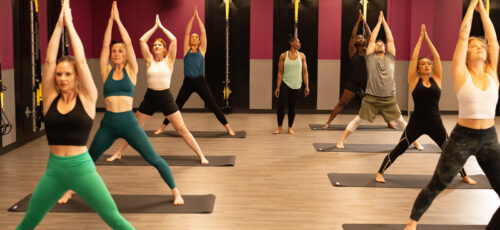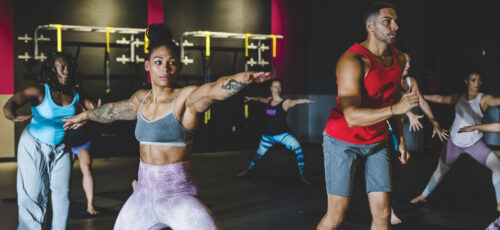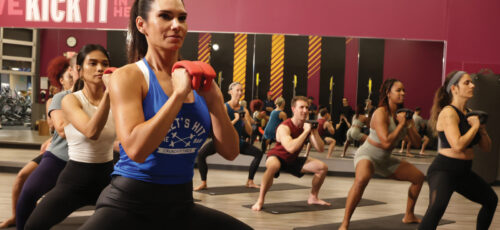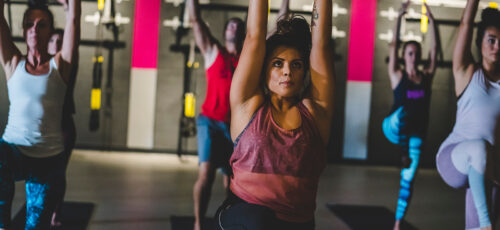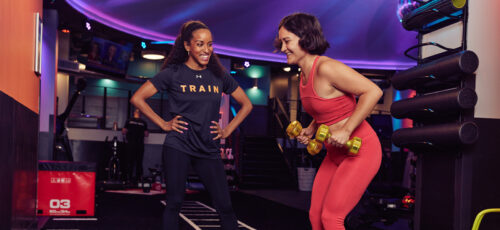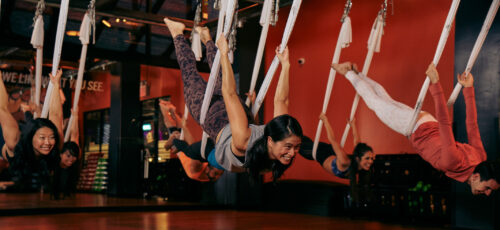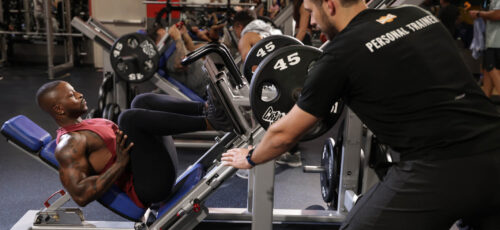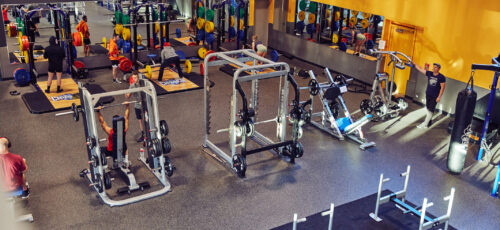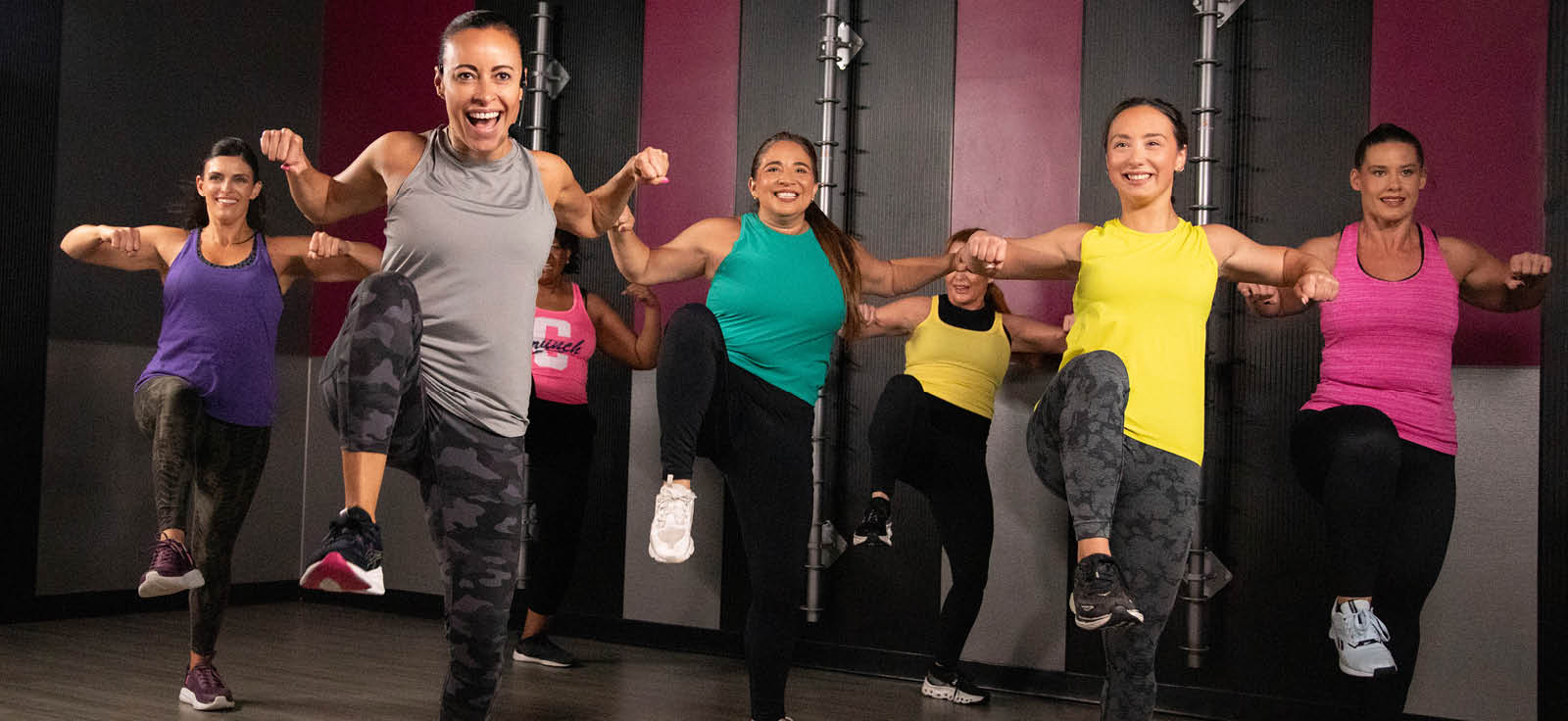
Getting fit is more than just showing up—it’s finding the right balance! If you’re wondering, “How many exercise classes should you do a day?” We’re here to help.
Exercise brings incredible physical and mental benefits, but how much is just right? Depending on your fitness level and goals, different routines work best, and yes, taking rest days is key to reaching your full potential.
Fitness is a journey—there’s no shortcut, magic pill, or miracle diet that will do the work for you. But the good news? It might take less time than you expect.
Whether your goal is weight loss, muscle gain, or simply staying active, this helpful guide will show you how to plan your workout schedule.
Discover how often you should exercise each day, how to create a fitness routine tailored to your goals, and how to prevent overtraining. If you’re ready to fine-tune your weekly gym plan, this article is exactly what you need!
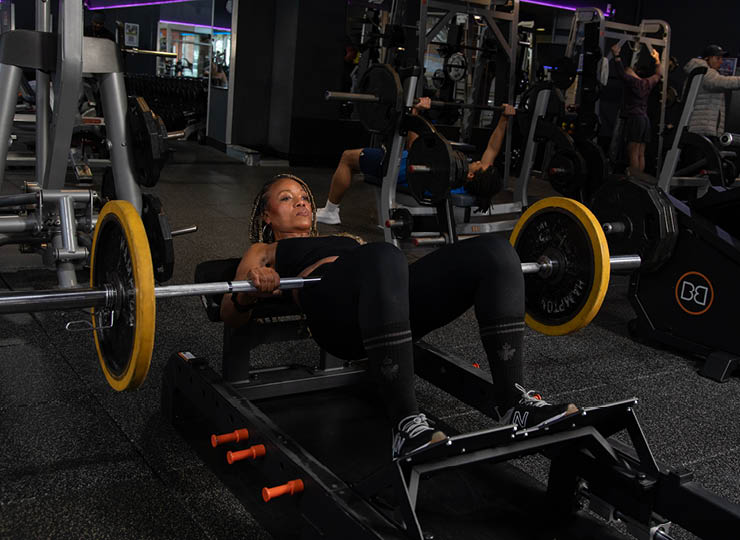
What Do Studies Say?
The Centers for Disease Control and Prevention (CDC) suggests aiming for 150 minutes of moderate to vigorous weekly exercise to maintain your fitness level. This process breaks down to about 20 minutes daily or 30 minutes five days a week.
However, if your goal is to lose weight or boost your fitness, you may need to double that amount, advises Deborah Salvo, PhD, a physical activity researcher and public health professor at Washington University in St. Louis.
The WHO advises adults to engage in at least 150 to 300 minutes of moderate aerobic activity per week (or equivalent vigorous activity) for overall health and well-being. For children and adolescents, they recommend an average of 60 minutes of moderate aerobic exercise daily.
The current Physical Activity Guidelines for Americans also recommend that adults aim for 150 minutes of moderate-intensity weekly exercise. Alternatively, this can be 75 minutes of vigorous-intensity exercise or a mix of both. Additionally, it is important to incorporate muscle-strengthening activities at least twice a week.
While 150 minutes might sound overwhelming, you don’t have to tackle it all simultaneously. It can be as simple as fitting in 30 minutes daily, 5 days a week. You can also spread your activity throughout the week and break it into shorter sessions that fit your schedule.
Another study revealed that exercising for just 15 minutes a day, or 90 minutes per week, reduced the risk of death by 14% and increased life expectancy by three years compared to those who were inactive. Both men and women saw the same benefits from this minimal activity level.
If you’re constantly on the go, these numbers may be daunting. But here’s the good news: only some of that time must be spent in gym gear. The physical activity you get from everyday tasks counts toward those minutes, too.
Determining Your Exercise Goals
Are you looking to build muscle, lose weight, increase flexibility, improve endurance, or mix the two? Your workout plan should align with these goals to help you get the best results.
Beyond your fitness objectives, other factors like your diet, age, gender, body type, and any health conditions also play a role in determining how much exercise you need.
Consider all these factors when creating a workout routine and listen to your body’s limits to avoid overtraining.
Here are some general tips you can follow at your own pace for a more efficient way:
HIIT Classes: How Many Workouts Should You Do Per Day?
If your goal is improving your cardiovascular level, plan a schedule in which you can attend 3 to 5 classes per week. That way, you will start to see an improvement in yourself.
Once you’ve decided which group exercise class you want to join, it’s time to start planning your fitness schedule in a way that is balanced and aligns with your fitness goals and approaches.
The National Library of Medicine mentions that 30 minutes of moderate-intensity exercise can offer multiple benefits, such as improving cardiovascular health, reducing abdominal fat, and maintaining muscle mass. However, it is important to do this type of workout sparingly.
Research indicates that short HIIT workouts can also help reduce obesity. Another study suggests that brief workouts can boost metabolism. You can include exercises in your short HIIT routines to maximize your time effectively.
An hour-long or 30-minute HIIT training session can be intimidating if you have a busy schedule, feel tired, or are simply unprepared. Fortunately, a 10- to 20-minute workout can be significantly more beneficial than skipping exercise altogether.
A study published in JAMA examined nearly 200 sedentary, overweight women to determine how different exercise intensities and durations impacted cardiorespiratory fitness—and found that more exercise didn’t necessarily yield greater benefits. Every participant saw significant fitness improvements, no matter how much time they spent exercising.
If you can’t fit a full workout into your day, don’t worry! Research from 2022 shows that breaking up exercise into short “exercise snacks” of less than a minute of intense activity can boost cardiovascular fitness and reduce the heart health risks of inactivity.
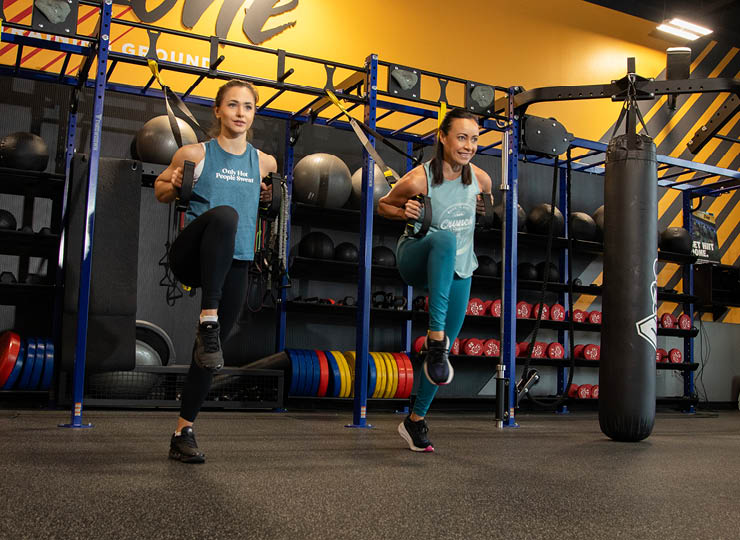
For a quick option, try saving your favorite 5-, 10-, 15-, or 20-minute classes on the Crunch+ App to fit in mini-sessions throughout your day.
Some examples of cardio exercises include:
- Cycling
- Doing yard work (e.g., pushing a lawn mower)
- Jogging
- Playing sports (e.g., basketball and tennis)
- Running
- Swimming and water aerobics
- Walking
Weight Loss and Exercise: Finding the Right Balance
Losing weight generally involves creating a calorie deficit, which means burning more calories than you consume. Regular physical activity and a balanced, reduced-calorie diet help achieve this goal.
To lose weight effectively, you should increase the duration or frequency of your workouts. Research suggests that exercising for about 60 minutes daily, five days a week can support weight loss efforts. However, how much exercise you need can vary based on your personal health and fitness level.
Here’s a general idea of how many calories a 154-pound person might burn in an hour, depending on the activity:
- Brisk walking: 280 calories
- Dancing: 330 calories
- Swimming laps: 510 calories
- Jogging or running at five mph: 590 calories
The calories burned depend on exercise intensity, body weight, and overall fitness level. Additionally, the number of calories one needs to burn to create a calorie deficit varies from person to person.
Working with a healthcare provider or fitness expert can help you design a weight-loss plan that fits your needs. They can guide you in setting realistic exercise targets, adjusting your diet, and ensuring your approach is safe and sustainable for long-term success.
Strength Training Exercises and Muscle Gain
You don’t need to spend hours in the gym daily to build muscle. For most weightlifters, two to three sessions of 30-45 minutes each week can be more than enough.
A comprehensive review in Sports Medicine examined how training volume, frequency, intensity, and type of exercise affect beginners’ muscle growth (hypertrophy).
The results showed that in a standard weightlifting routine—where you’re lifting a weight you can handle for 8-10 reps—you can see muscle growth by doing 1-3 sets per muscle group with 1-3 minutes of rest between sets. Training each muscle group 2-3 times weekly is ideal for progress.
For example, if you’re doing a full-body workout that includes four key exercises, such as chest presses, squats, deadlifts, and dumbbell rows, following these guidelines means you can finish in 32 minutes. Doing this twice a week means you only spend a little over an hour in the gym.
It’s not just about the duration of each session; frequency matters, too. A study found that performing just six eccentric contractions (the lowering phase of a movement) five days a week was significantly more effective for muscle growth than 30 contractions in a single weekly session.
This highlights that shorter, more frequent workouts can often yield better results than one longer session.
Endurance Training: How Much Time Do You Really Need?
The amount of time you should spend on endurance training depends on factors like the distance and terrain of your event, your performance goals, and your schedule. However, sometimes less is more when it comes to effective training.
You’ll need to train for many hours if you’re preparing for a long endurance event, such as an ultramarathon or Ironman triathlon. But it might require less time than you’d expect.
In a study published in Physiology and Behavior, researchers surveyed nearly 100 triathletes who competed in an Ironman event. They found no significant difference in performance between those who trained for 14-15 hours per week and those who trained for 20 hours per week.
This suggests that more training hours sometimes translate to better performance. Focusing on the quality of your workouts—rather than simply increasing the quantity—can yield better results, helping you build endurance more efficiently.
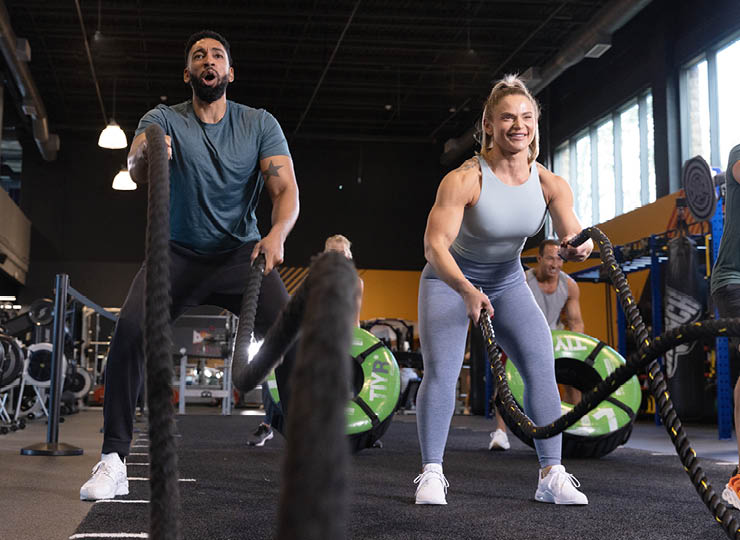
Overall Health and Longevity
You don’t need to commit to hourly workouts to boost your overall health and longevity. Simply meeting the minimum recommended exercise guidelines can significantly benefit your health. However, if you focus on moderate activities instead of high-intensity ones, aiming for the upper end of the recommended range might offer even greater benefits.
A 2022 study analyzed data from participants’ wearable devices to understand how physical activity impacts heart health. The results showed that those who met the recommended 150-300 minutes per week of moderate or 75-150 minutes of vigorous exercise had a lower risk of developing heart failure.
Even more encouraging, participants who went beyond 150 minutes per week of moderate exercise had better outcomes than those who only reached the minimum.
In short, while meeting the basic exercise guidelines is great, adding a little extra moderate activity can further enhance your health and longevity.
Individual Goals
Before jumping into a fitness routine, it’s essential to pinpoint your specific goals. Are you looking to build muscle strength, lose weight, improve cardiovascular endurance, or stay active?
Each type of exercise class focuses on different aspects of fitness. For example:
- Strength-focused classes (like weight training or body sculpting) are great if your goal is to build muscle mass and increase strength.
- Cardio and aerobic classes (such as Ride, Zumba, or HIIT) are ideal for boosting cardiovascular health, increasing stamina, and aiding in weight loss.
- Flexibility and mobility classes (like yoga or Pilates) help improve flexibility, balance, and overall body mobility, complementing them to more intense workouts.
Consulting a personal trainer can be incredibly beneficial if you need clarification on your specific fitness goals.
They can evaluate your current fitness level and suggest a structured plan tailored to your needs, ensuring you maximize your exercise sessions and determine how many exercise classes you should take daily.
Intensity and Duration of Exercise Classes
When choosing an exercise class, it’s essential to consider both the intensity and duration of the workout and your current fitness level and conditioning. Your personal fitness level is a helpful guide in selecting a class that will challenge you and fit within your physical capabilities.
Group classes can vary widely—typically lasting from 30 minutes to an hour—depending on the class type and the workout intensity. High-intensity classes, like HIIT or boot camps, often focus on shorter durations to prevent overexertion, while lower-intensity sessions, like yoga or pilates, may last longer.
Each class listing usually includes key details, such as the duration and type of exercises involved, so you’ll know what to expect. This can help you select a session that aligns with your fitness goals, whether you want to do cardio, strength, flexibility, or a combination.
For those new to group exercise or exploring a new class type, it’s completely okay to contact the instructor beforehand for more information. They can provide insights into the class format, training techniques, and any necessary physical requirements, helping you feel confident and prepared.
Instructors can also advise you on modifications, ensuring the session is safe and effective for your current fitness level. Whether taking your first class or looking to step up the challenge, understanding a session’s intensity, duration, and requirements will make a positive difference in your fitness journey and ensure you’re getting the most out of each workout.
Understanding Your Fitness Level
Your current fitness level is key to determining how much exercise is right for you. Starting with beginner-level sessions is best if you’re beginning your fitness journey or exploring group exercise classes. These classes help you build foundational skills, improve your endurance, and gradually increase your strength and flexibility.
Starting at a level that matches your abilities reduces the risk of injury and helps you enjoy the experience more. By progressing at your own pace, you’re more likely to stick with the routine and feel motivated as you notice gradual improvements.
As your fitness level increases, you can move on to more challenging classes and routines, allowing you to keep advancing without feeling overwhelmed. Consulting with an instructor or trainer can also help you find classes that best fit your current abilities and long-term goals.
How Much Exercise Is Too Much?
While exercise is essential for overall health, overdoing it can be harmful. If you feel pain during or after a workout, it’s crucial to rest—pushing through can worsen injuries. Allow your body enough time to recover between sessions to prevent strain.
Exercising too much without enough recovery can lead to symptoms like:
- Persistent muscle soreness
- Fatigue and low energy levels
- Irritability and mood swings
- Weakened immune system
- Increased resting heart rate
- Anxiety or depression
Listen to Your Body: The Importance of Rest
Consistent exercise is key to reaching your fitness goals, but giving your body time to recover is just as important. You risk muscle burnout and injuries without proper rest, which can reduce your progress.
Taking a day or two off between intense workouts helps your muscles repair and rebuild, making you stronger for your next session.
The amount of rest needed varies depending on the challenge of your workouts. For high-intensity routines, more recovery time may be necessary to prevent overtraining. If you’re unsure how much rest you need, don’t hesitate to consult a personal trainer.
They can guide you on the ideal recovery time based on your fitness level and goals, ensuring your body gets the break it needs to perform at its best.
Listening to your body’s signals and taking rest days when needed is crucial for long-term success.
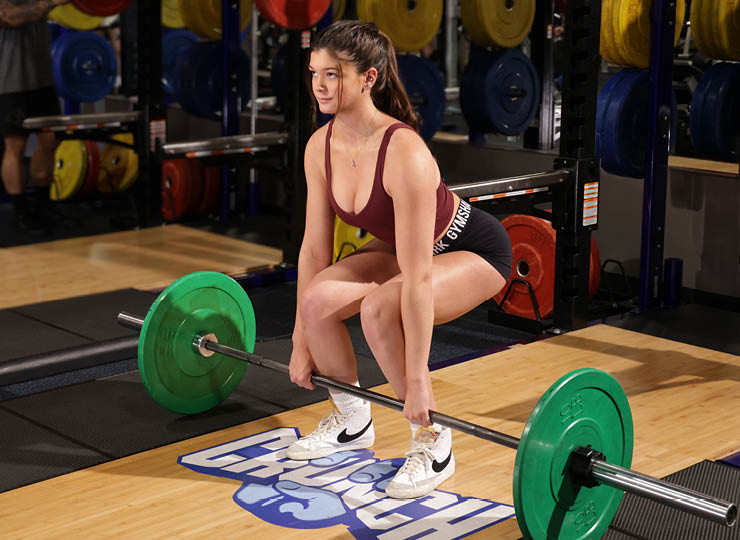
Creating a Schedule for Steady Improvement
Designing a well-structured exercise schedule with the help of a fitness professional can significantly boost your progress. A personalized plan ensures that your workouts are tailored to your specific goals, whether building muscle, increasing endurance, or improving flexibility. By having a clear schedule, you can stay consistent, which is essential for seeing real, lasting results.
Working with a trainer or fitness expert optimizes your routine, balancing the right mix of cardio, strength training, and rest days. This approach enhances your performance and reduces the risk of injury by preventing overtraining.
Consistency is key—sticking to your schedule week after week will lead to faster and more noticeable improvements. Additionally, a set plan keeps you accountable, making it easier to stay motivated and committed to your fitness journey. With time, this structured approach will help you reach your goals more efficiently.
Reach Your Fitness Goals With Crunch
No matter how much time you have to commit to fitness, the most important thing you can do is select a routine that you can commit to on a consistent basis.
Crunch promotes a culture of positivity, inclusivity, and fun with no judgments by providing an environment for all individuals regardless of their health and fitness goals. Find a Crunch gym near you to try our free trial membership, or join Crunch now. We’re here for you – at the gym or at home. Access the best live & on-demand workouts anytime, anywhere with Crunch+. Ready to get sweaty? Try hundreds of workouts for free! Start your free trial now!
FAQ
Can I Attend an Advanced Class As a Beginner?
It is highly advisable for people starting to work out for the first time, to begin with low-intensity classes. However, you are more than welcome to join the class of your choice.
Do I Have to Schedule a Class With Time?
Schedule a class with time to secure a place in the group and enjoy your training session without any fully booked classes. For an easier and more enjoyable experience for Crunch users, it is possible to reserve a class online.
Are There Full-body Workout Options?
Yes, group fitness classes help you accomplish a full-body workout routine. Workout frequency will also play an important role in fitness improvement.
Is Working Out Twice a Day Harmful?
Exercising twice daily isn’t inherently bad, but if you’re not cautious, it can increase the risk of burnout and injury. If you choose to work out twice daily, follow a well-designed program, maintain proper form during exercises, and ensure sufficient rest between sessions, just as you would with a single workout each day.
Does Walking Count as Exercise?
Walking can definitely count as exercise. Something as simple as walking up and down the stairs in your building can be a form of cardio. It’s an accessible activity that doesn’t require a gym membership or any special equipment.
What Is Moderate Exercise?
Moderate exercise involves activities that burn three to six times as much energy per minute as sitting still. Moderate-intensity exercises include brisk walking, water aerobics, and cycling on flat terrain. These activities get your heart rate up without being overly strenuous.



















